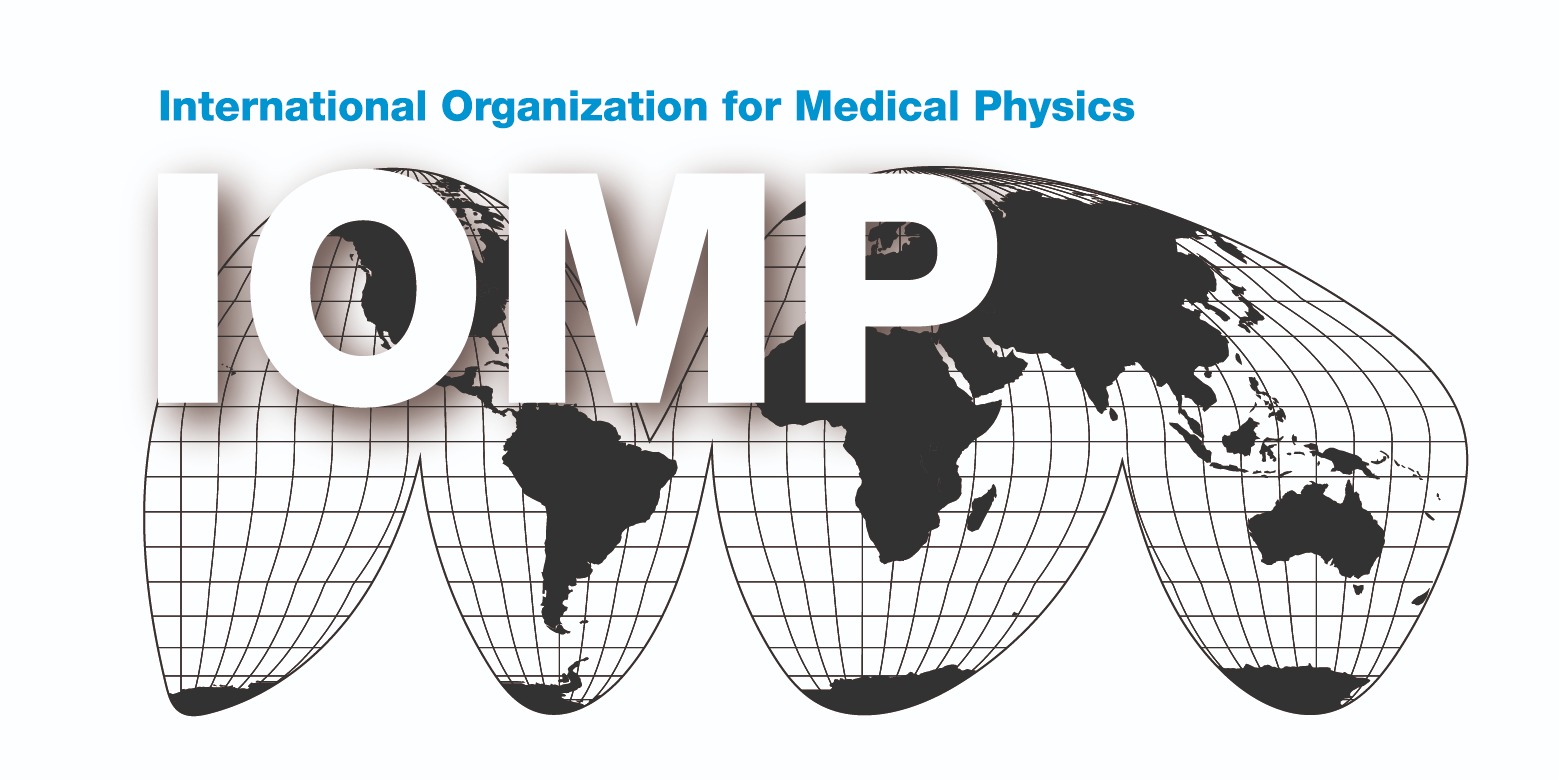Monte Carlo Simulations: Medical Physicist’s Friendly
Jan Schuemann
Massachusetts General Hospital, Boston![]()
Monte Carlo simulations are not complicated any more
The Monte Carlo (MC) method uses random number generators and probability density functions to calculate statistical behaviors. In radiation therapy, MC simulations are mostly used to simulate the interaction and transport of particles with the treatment apparatus, the patient, or imaging devices. While the MC method offers high accuracy, it is often too computationally expensive for routine clinical use. Nevertheless, over the past decades, MC simulations have played a major role in many developments1.
Imaging: MC simulations are frequently used in the design of new detectors. Virtual design choices can be tested and optimized before going into costly construction. MC has been applied for many PET and prompt-gamma detectors. 2, 3
Dose Calculations: One of the most direct impact of MC simulations on clinical practice has been understanding dosimetry the impact of approximations in dose calculation algorithms employed in treatment planning software (TPS) 4. In particular for particle therapy, these approximations affected the prediction of doses near or around density heterogeneities (e.g. bone-air interfaces) 5. As a result, most TPSs are developing MC-based dose calculations as a second check or directly for treatment planning. The development of GPU-based MC codes allowed to greatly reduce calculation time6.
Physics properties: The nature of MC calculations, tracking each individual particle, allows to directly extract additional physics properties. Particle fluences or the linear energy transfer (LET) can be obtained at any position7. LET information is used to investigate the variations of the relative biological effectiveness (RBE) of particle therapy across the treatment fields8.
DNA scale: MC simulations offer the ability to investigate scenarios that may be experimentally impossible. Interactions of radiation with cell constituents, e.g. DNA, can be simulated with dedicated MC codes9-11. Such studies aim to understand the fundamental processes of DNA damage induction and cell repair.
MC codes have for a long time required knowledge in the MC method, the physics concepts, and programming skills. Now, some codes have been designed to make entry into MC simulations much more user friendly, sometimes requiring very little to no programming expertise12. In times of social distancing, temporary lab closures and working from home, learning about MC simulations may be a time well spent, providing a tool to continue research from home.
References:
1 H. Paganetti, “Advancing (proton) radiation therapy.,” Int. J. Radiat. Oncol. Biol. Phys. 87(5), 871–873 (2013).
2 S. Jan et al., “GATE V6: a major enhancement of the GATE simulation platform enabling modelling of CT and radiotherapy,” Phys. Med. Biol. 56(4), 881–901 (2011).
3 J.M. Verburg, H.A. Shih, and J. Seco, “Simulation of prompt gamma-ray emission during proton radiotherapy.,” Phys. Med. Biol. 57(17), 5459–5472 (2012).
4 P. Andreo, “Monte Carlo simulations in radiotherapy dosimetry.,” Radiat Oncol 13(1), 121 (2018).
5 J. Schuemann, S. Dowdell, C. Grassberger, C.H. Min, and H. Paganetti, “Site-specific range uncertainties caused by dose calculation algorithms for proton therapy.,” Phys. Med. Biol. 59(15), 4007–4031 (2014).
6 X. Jia, X. Gu, Y.J. Graves, M. Folkerts, and S.B. Jiang, “GPU-based fast Monte Carlo simulation for radiotherapy dose calculation.,” Phys. Med. Biol. 56(22), 7017–7031 (2011).
7 D.A. Granville and G.O. Sawakuchi, “Comparison of linear energy transfer scoring techniques in Monte Carlo simulations of proton beams.,” Phys. Med. Biol. 60(14), N283–91 (2015).
8 H. Paganetti, “Relative biological effectiveness (RBE) values for proton beam therapy. Variations as a function of biological endpoint, dose, and linear energy transfer.,” Phys. Med. Biol. 59(22), R419–72 (2014).
9 S. Incerti et al., “Geant4-DNA example applications for track structure simulations in liquid water: A report from the Geant4-DNA Project.,” Med. Phys. 45(8), e722–e739 (2018).
10 D. Boscolo, M. Krämer, M. Durante, M.C. Fuss, and E. Scifoni, “TRAX-CHEM: A pre-chemical and chemical stage extension of the particle track structure code TRAX in water targets,” Chem. Phys. Lett. 698, 11–18 (2018).
11 J. Schuemann et al., “TOPAS-nBio: An Extension to the TOPAS Simulation Toolkit for Cellular and Sub-cellular Radiobiology.,” Radiat. Res. 191(2), 125–138 (2019).
12 J. Perl, J. Shin, J. Schuemann, B. Faddegon, and H. Paganetti, “TOPAS: an innovative proton Monte Carlo platform for research and clinical applications.,” Med. Phys. 39(11), 6818–6837 (2012).

